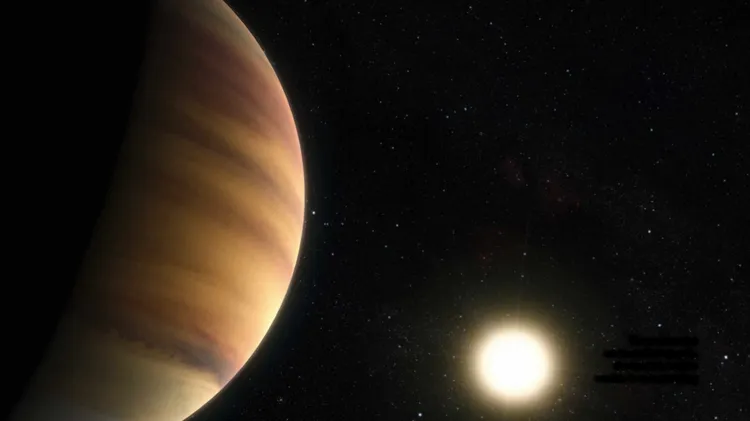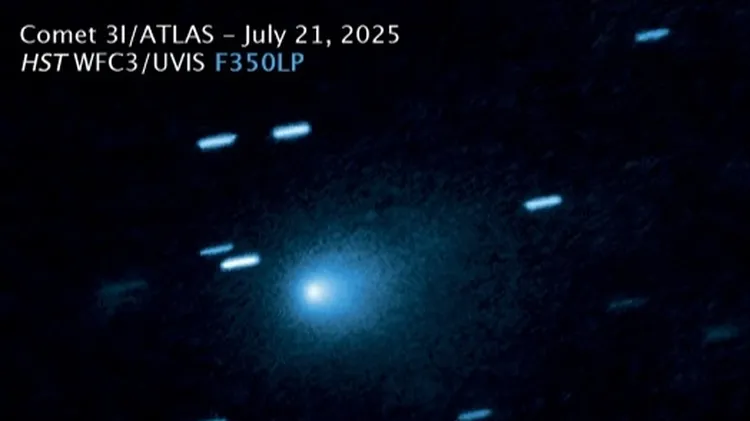New technology means we can look for alien intelligenc
Searching for life beyond the milky way
2 min read
This article is from...
Read this article and 8000+ more magazines and newspapers on Readly






